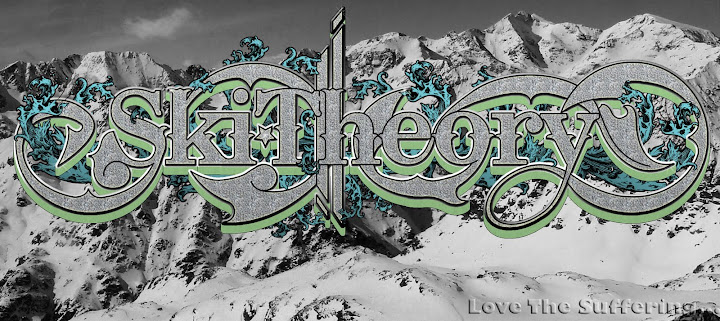The first day, we skinned up Balu Pass, to ski down the backside to go skin and climb up Mt Catamount. Everyone was stoked to ski, and with hero snow, we were in for a great day. The Catamount ridge was a bit win hammered, but was good training for sketchy terrain, and worked courses. Topping out we had perfect weather, little wind, and great views. The downhill was really good, skiing off the shoulder down the steeper face, and to the valley was a good leg blast. Andrew McNab, tore up the the top section of the mountain so hard, everyone was worried if he bailed we'd be dragging him out on a rescue sled! As usual, he didn't, and made it look easy.
We toured out over the headwall at Balu, noticing a large 2.5-3.0 crown line on Mt Cheops, and kept the track nice and mellow avoiding the problematic terrain features. Perfectly timed, we skied out in the fading light, with a fantastic sunset behind us. Regrouping in the parking lot, we drove back into town for an awesome dinner at Jeff Colvin and Julie Matteau's place.
And Day 2 here.
(photo above: Mel Bernier and Julie Matteau)
(Photo Above: Andrew McNab and Rob on Catamount Pk)
(Photo Above: Andrew McNab ripping it)
The second day needs little description. It snowed, and with the unreal snow conditions, and blower powder, no photo's were taken. We skied McGill shoulder, blasting three wicked laps, and finished off with a hairball descent down the barely covered summer trail. Time for a bit of sleep, more good food, and more skiing tomorrow!First Day Elevation Gain: 2266m
Second Day Elevation Gain: 2150m
(Photo Above: Andrew McNab, Billie Velisek, Mel Bernier)


























